New water-resistant hydrogels, designed with the help of machine learning, are more adhesive than any comparable materials found in nature. The hydrogels were developed with the aid of an algorithm trained on the adhesives produced by natural organisms, such as geckos and mussels. The researchers that created them suggest that the new substances could have applications in areas such as surgery, marine farming and deep-sea exploration.
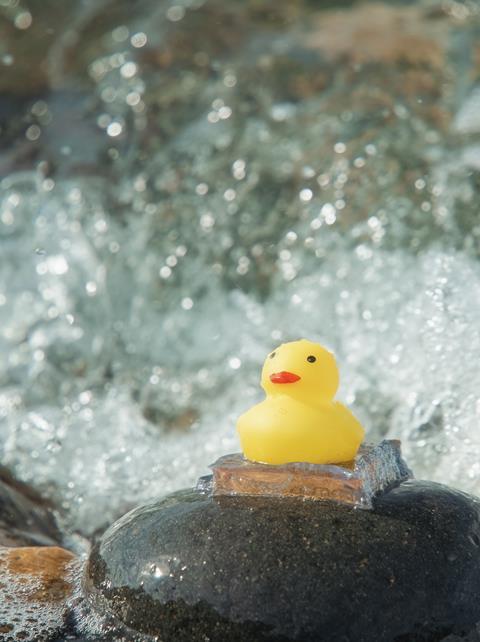
Soft, gelatinous adhesives are difficult to design because the very properties that make adhesives strong also tend to make them brittle. Elastomeric polymer hydrogels are the best examples available, but these tend not to be very water resistant as their hydrated bonding networks are easily disrupted if water penetrates them. However, the natural world contains thousands of examples of water-resistant adhesive hydrogels in marine animals, bacteria, fungi and viruses.
In the new research, soft matter expert Jian Ping Gong at Hokkaido University in Japan and colleagues elsewhere in Japan and China mined a dataset of 24,707 natural adhesive protein sequences found in a biotechnology database hosted by the US National Institutes of Health. The researchers then synthesised 180 candidates using a free-radical random copolymerisation process and tested their adhesive strength. The strongest candidate was made from amino acid chains derived from a protein produced by Escherichia bacteria.
The researchers then studied features present in the most promising hydrogels and used iterative machine learning to develop a new set of candidates stronger and more stable than any found in nature. ‘Our approach aims to build a systematic, data-driven, and generalisable framework, going beyond individual bio-mimic motifs to statistically capture broader sequence logic,’ explains Hailong Fan, then at Hokkaido University, now at Shenzhen University in China.
The team ultimately arrived at three hydrogels, one of which was around 7 times as powerful the Escherichia adhesive and could stick a rubber duck to a seaside rock, withstanding salt water and waves. Another could resist high water pressure to seal a burst pipe. The researchers showed that all three were biocompatible by implanting them in mice. ‘We are customising the hydrogel for use in medical adhesives, marine repairs, and soft robotics,’ says Fan.
Materials scientist Ting Xu at University of California, Berkeley in the US is impressed by the materials’ properties. However, she believes that the importance of machine learning in their development should not be overstated, as she doubts that the researchers would have succeeded without Gong’s predictive skills. ‘Jian Ping is the goddess of hydrogel,’ she says. ‘She has decades of experience, she just has the knowledge to be able to pick the right monomers, pick the right regions, and couple that with experimental high throughput and machine learning. I wouldn’t say the modelling here is particularly exceptional, I would say it’s a very good coupling of human intelligence with artificial intelligence.’
References
H Liao et al, Nature, 2025, DOI: 10.1038/s41586-025-09269-4


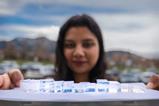
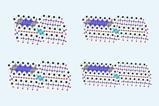

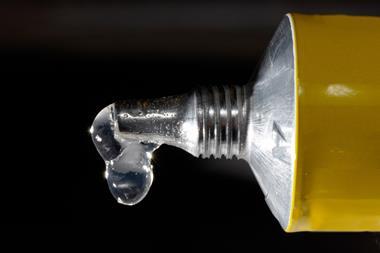
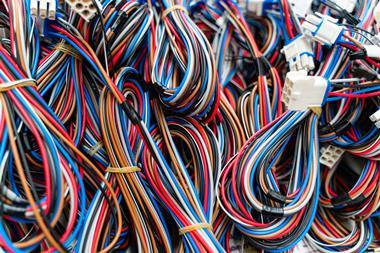

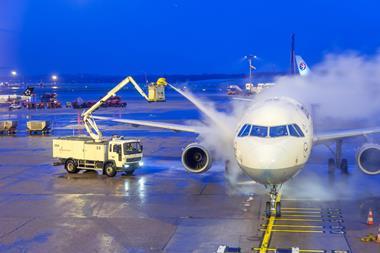
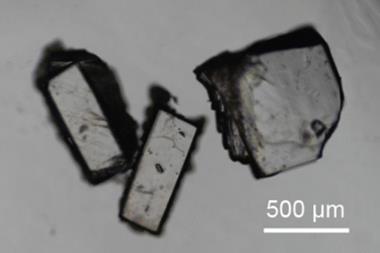

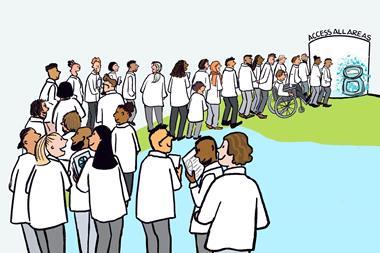
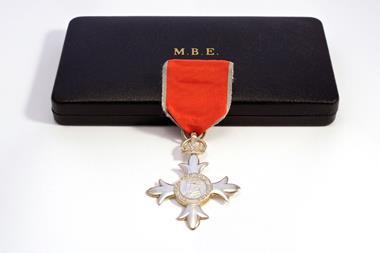

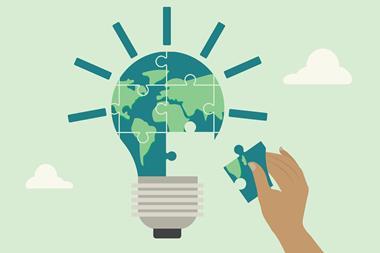
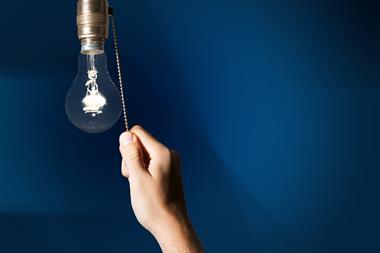
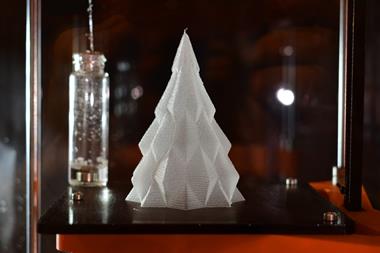
No comments yet